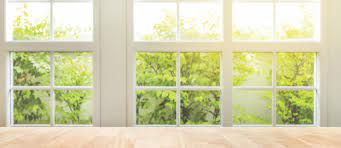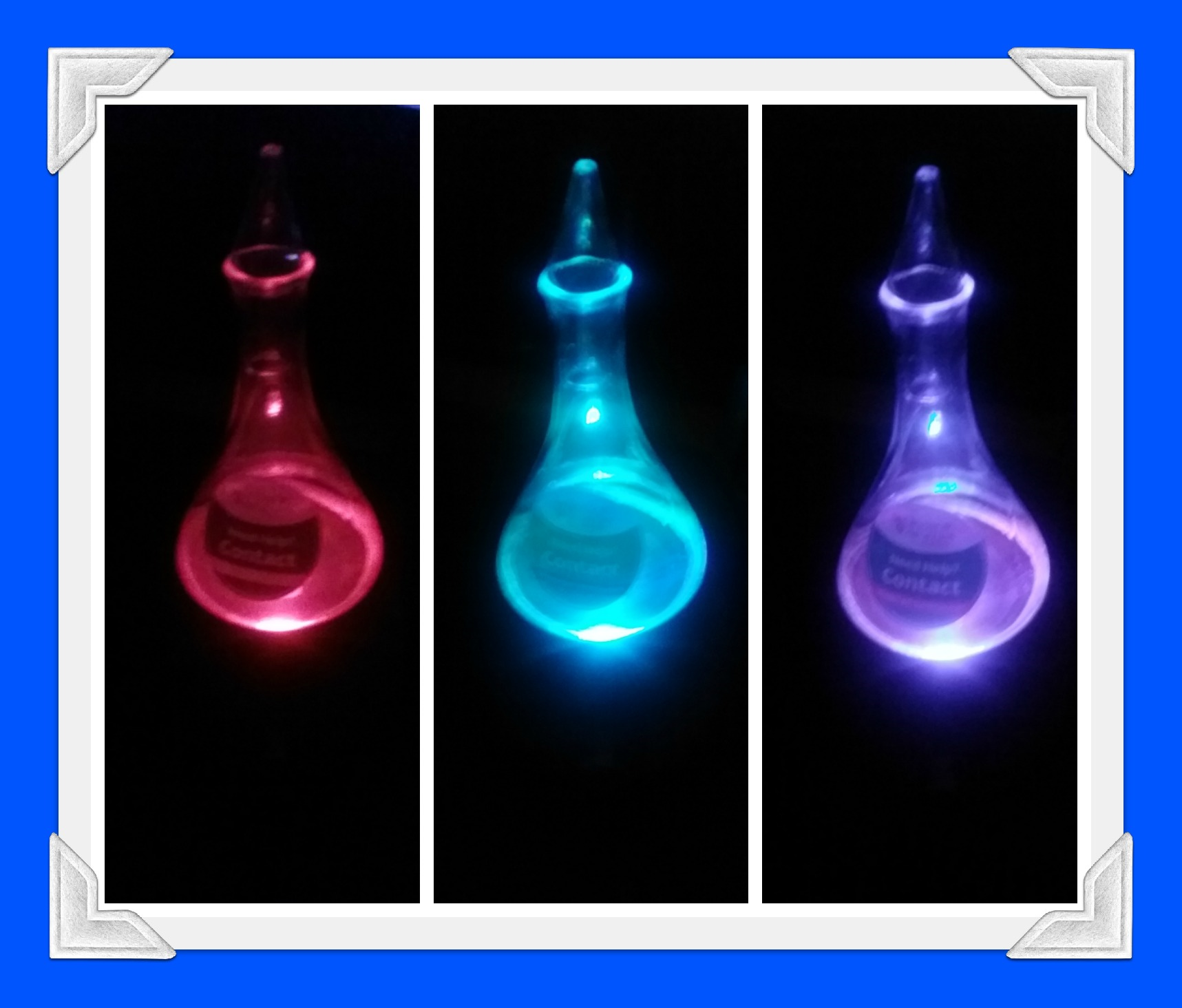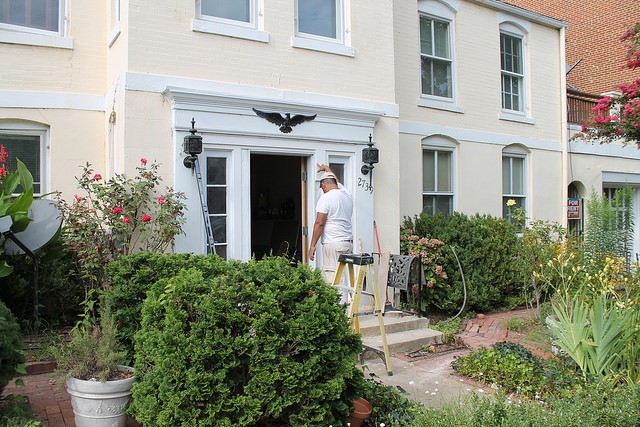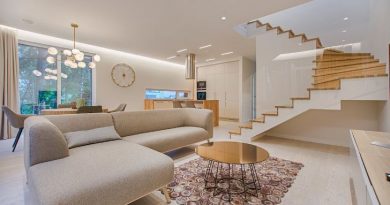Casement vs Awning Windows: What to Choose?
Image credit
When Canadian homeowners shop for new windows, they are always interested in which window style would best match their houses. And it is really the most critical issue to consider if you’re thinking about replacing your home’s windows.
We have conducted extensive research and concluded that Ecoline Casement & Awning windows are the most popular choices today among Canadian homeowners. However, since there are some differences between them, knowing what will work best for you is vital.
Below, we’ll give you a breakdown of both and offer you some guidelines to help you decide on the right window for your home.
Awning and Casement Windows: What’s the Difference?
Awning windows are horizontally orientated. The window is hinged at the top and pushes open towards the bottom. You’ll often find these in the space above the kitchen sink.
Casement windows are vertically orientated. The window is hinged along the side and pushes open on the side opposite to the hinge. Therefore, the easiest way to identify casement windows is to look for windows that open and close like doors.
A crank operates both types of windows, sealing out unwanted air from outside. This makes these windows the most energy-efficient choice.
The pros of awning windows
- Awning windows offer excellent ventilation.
- Windows can be opened during rainy weather due to their tilting angle without leaking water into the house.
- The view is unobstructed since there isn’t anything running through your centre vision. Awning windows also pair beautifully with other windows (like fixed windows) to allow a nice view.
- The windows are easy to operate, making them ideal for over the sink or behind furniture.
- Since these are smaller than standard windows, they are often installed higher on the wall, letting in natural light without compromising your privacy or security.
- A great choice for wet weather and moderate wind.
The cons of awning windows
- The outward opening design requires a clear space on the outside to allow the window to open.
- Debris and dirt can easily land on the window because of its horizontal opening.
- It may not be ideal in emergencies as it doesn’t open as wide as other styles.
The pros of casement windows
- The vertical orientation makes these windows easy to fit into existing designs and replace a standard single- or a double-hung window.
- As is the case with awning windows, the view is unobstructed since there isn’t anything running through your center vision.
- They tend to provide better energy efficiency than awning windows configured with standard glass and gas fills.
- As is the case with awning windows, the windows are easy to operate, making them ideal for above countertops or behind furniture.
The cons of casement windows
- As with awning windows, the outward opening design requires a clear space on the outside to allow the window to open.
- Powerful winds present a greater risk for catching and breaking off casement windows.
- When left open in extreme wind conditions, these windows act as air breaks and amplify the sound of the wind.
What About Traditional Hung Windows?
Traditional hung windows were the only operational windows available in the past up until more recent history. They open vertically, up and down, are very easy to operate by hand, and require no crank handle.
A hung window is still a great option if you don’t want a window protruding out of your home into an outdoor living area. They are also nicely suited for a classical, more traditional window look.
However, since the screen is on the outside of the window, it may take away from the aesthetics of your home. The window is also more prone to exterior environmental conditions, dirt and debris, especially behind the screen. Finally, the greatest issue is that hung windows are not as energy efficient as awning and casement windows.
Casement & Awning & Hung Windows: Prices Breakdown
If you are still not sure whether some of the above-mentioned windows match your needs, it is okay, you have plenty of options available. But when it comes to prices, casement and awning units represent the middle ground. They are not cheap, but also not that expensive like picture or sliding windows, for example. Take a look at the table below to learn the typical price range depending on the place within your home. Keep in mind, however, that these prices are not precise quotes. To find out the final cost, please get in touch with your window company.
| Location | Casement Window | Awning Window | Single-Hung Window |
| Basement | $535 – $1,022 | $471 – $1114 | na |
| Bathroom | $446 – $1,032 | $432 – $943 | $95 – $1500 |
| Bedroom | $444 – $1193 | $893 – $909 | $587 – $2115 |
| Bonus room | $676 – $1134 | $494 – $944 | $634 – $1374 |
| Dining room | $550 – $1348 | $843 – $1429 | $529 – $1466 |
| Family room | $605 – $1999 | $621 – $1157 | $569 – $1155 |
| Foyer | $858 – $1999 | na | $500 – $854 |
| Front | $583 – $1014 | $483 – $1414 | $510 – $925 |
| Garage | na | $703 – $902 | $588 – $732 |
| Kitchen | $329 – $1356 | $419 – $1471 | $445 – $1595 |
| Living room | $484 – $1614 | $485 – $1384 | $429 – $1614 |
| Master bedroom | $545 – $1304 | $588 – $1120 | na |
| Nook | $549 – $1149 | $734 – $920 | $473 – $1186 |
Source: www.ecolinewindows.ca/window-styles/casement-awning-windows/
What to Choose?
Awning and casement windows are among the most energy-efficient window options available. The differences depend on the materials and glass options used in the rest of the window unit. Meaning the choice between awning and casement windows depends more on style than energy efficiency.
Awning windows are the most convenient in an area where the space is wider than it is tall. They are great if you require a higher window placement, making them an excellent choice for above kitchen sinks, bathrooms, attics, and sometimes bedrooms. Use them in kitchens, bathrooms and attics where you might need more air ventilation and in young ones’ rooms to avoid injury by their windows.
In contrast, casement windows are best for spaces where the window’s height is greater than its width. They are usually in living rooms, dining rooms and bedrooms and a better choice for gathering spaces to allow for more light and a better view.
They are almost always used at the front of the home. Casement windows are easy to maintain, making them one of the most-opted choices for homeowners. The frames are easy to install, and when the time comes, easy to change.




